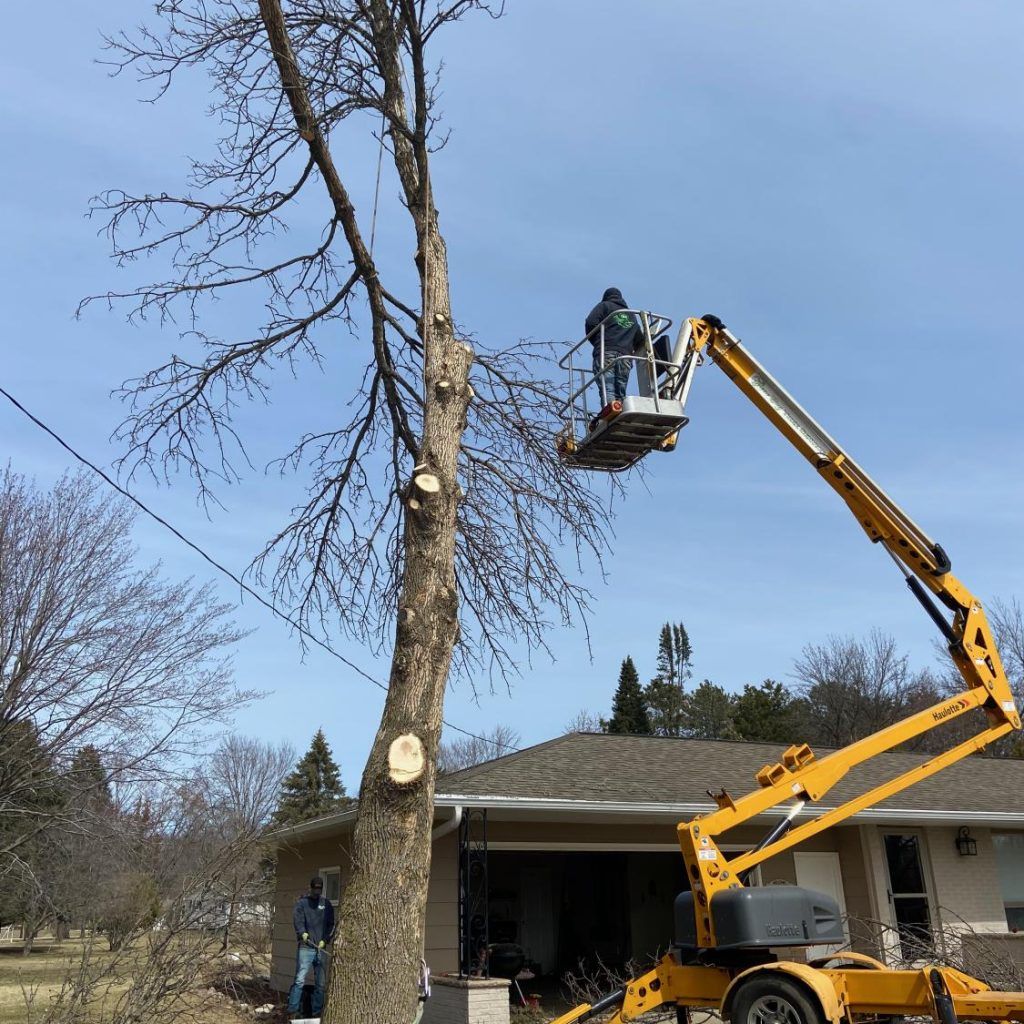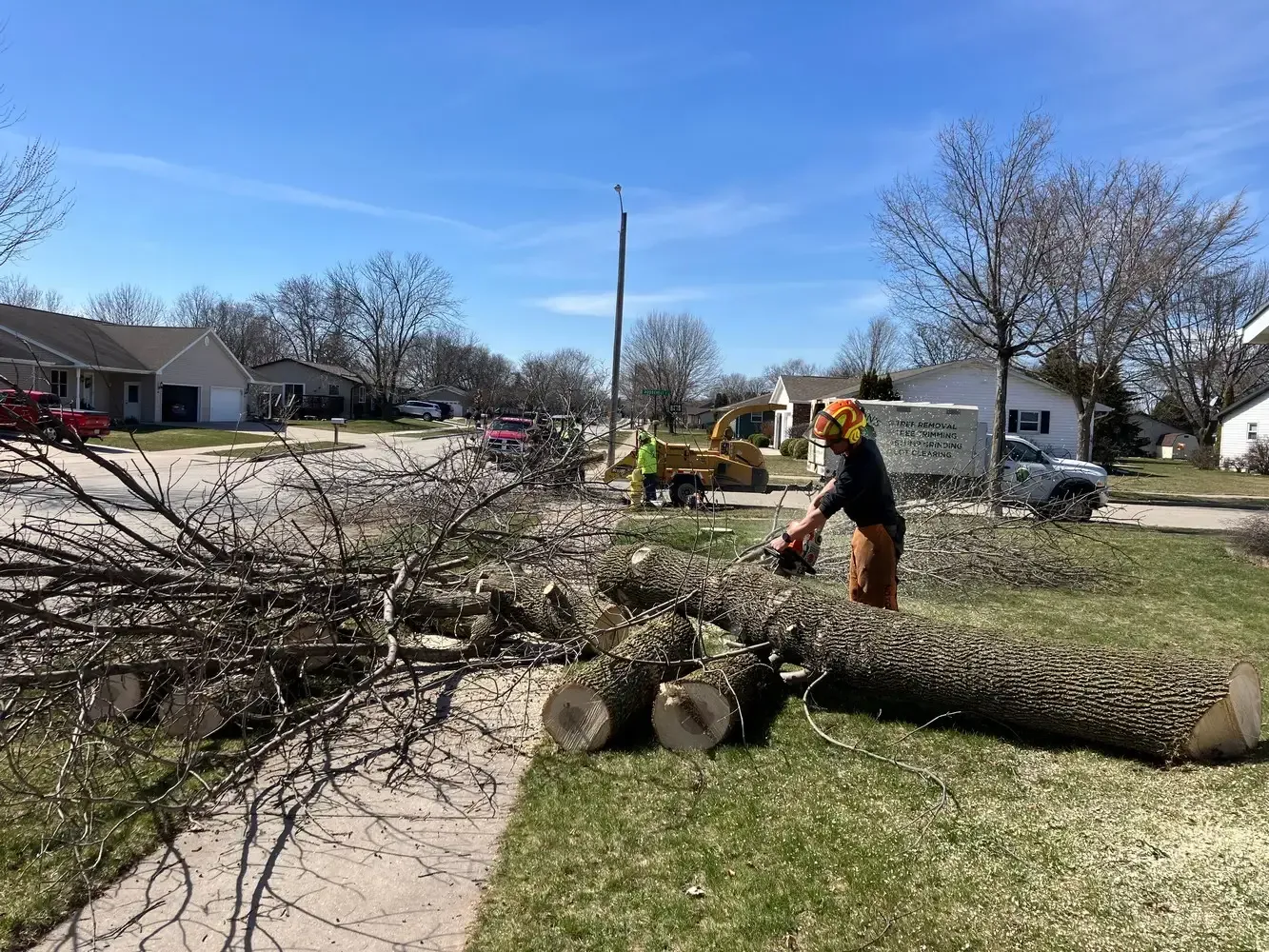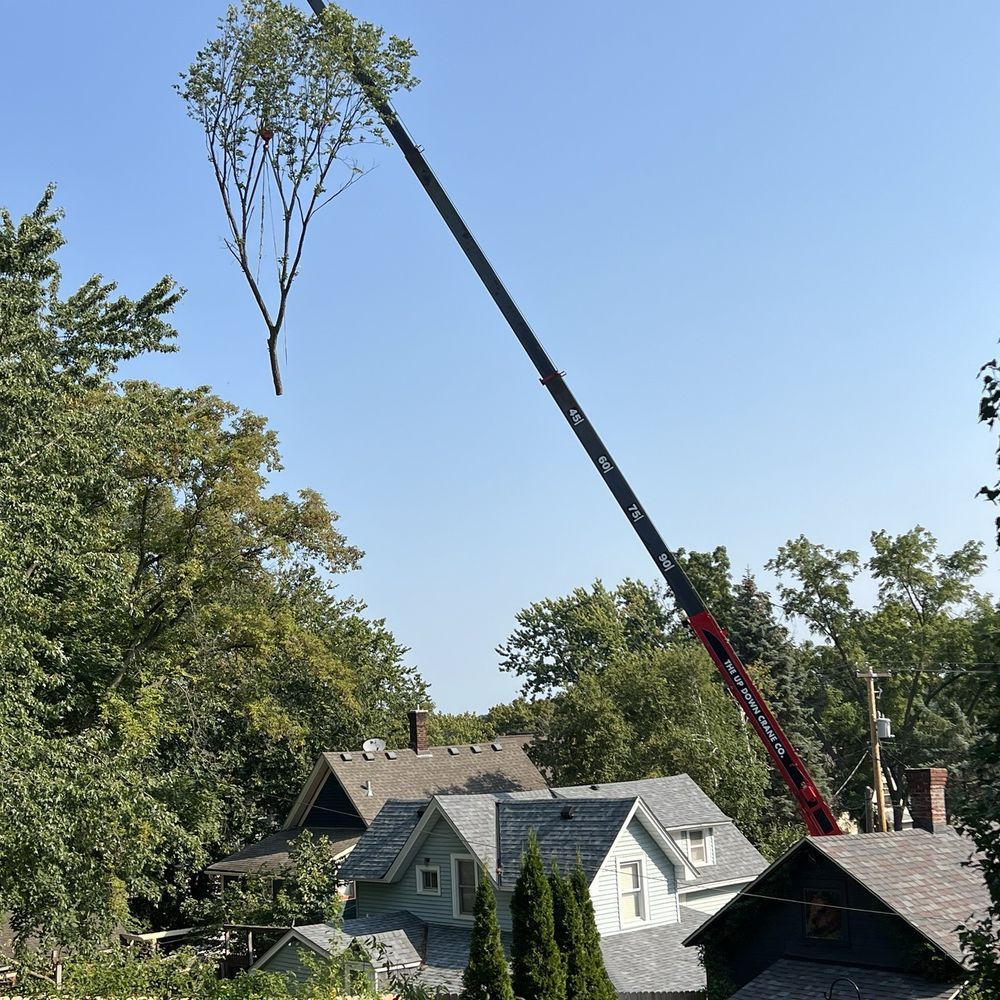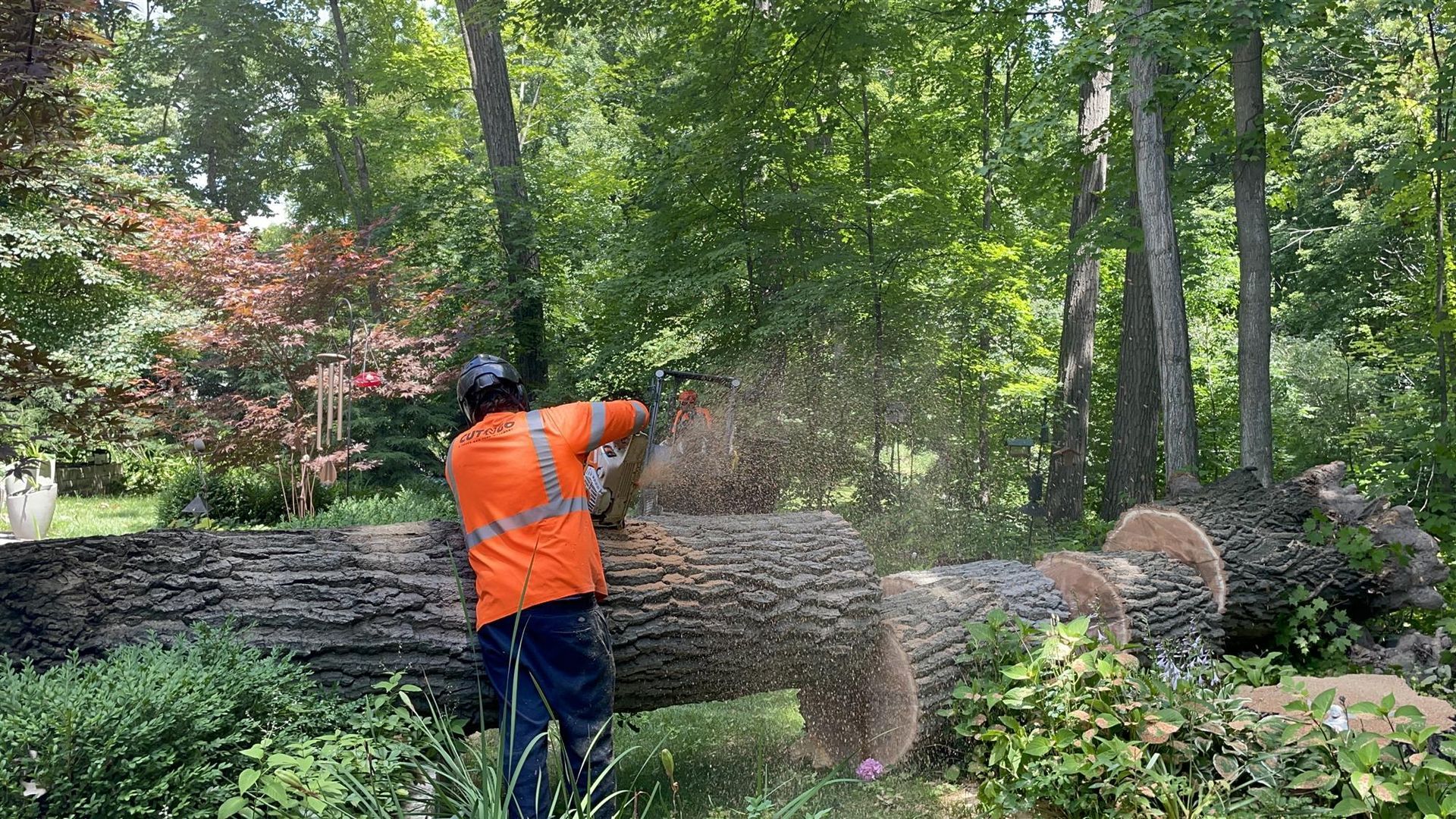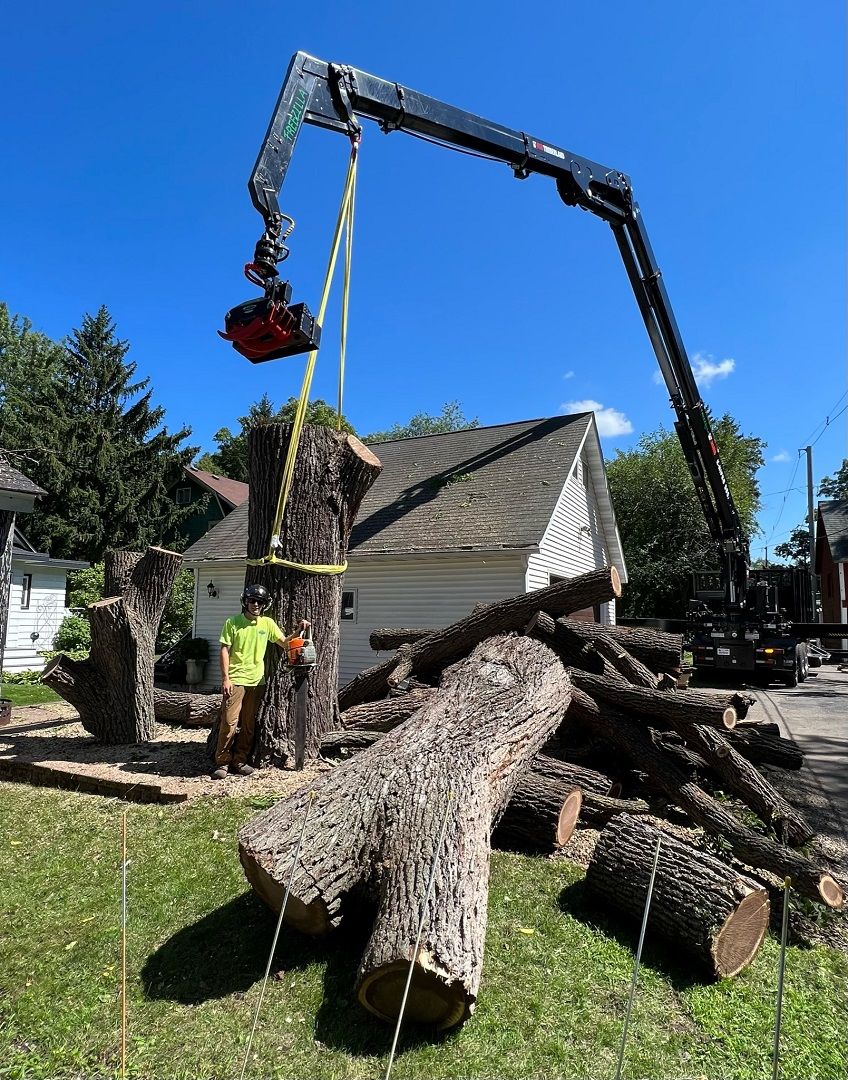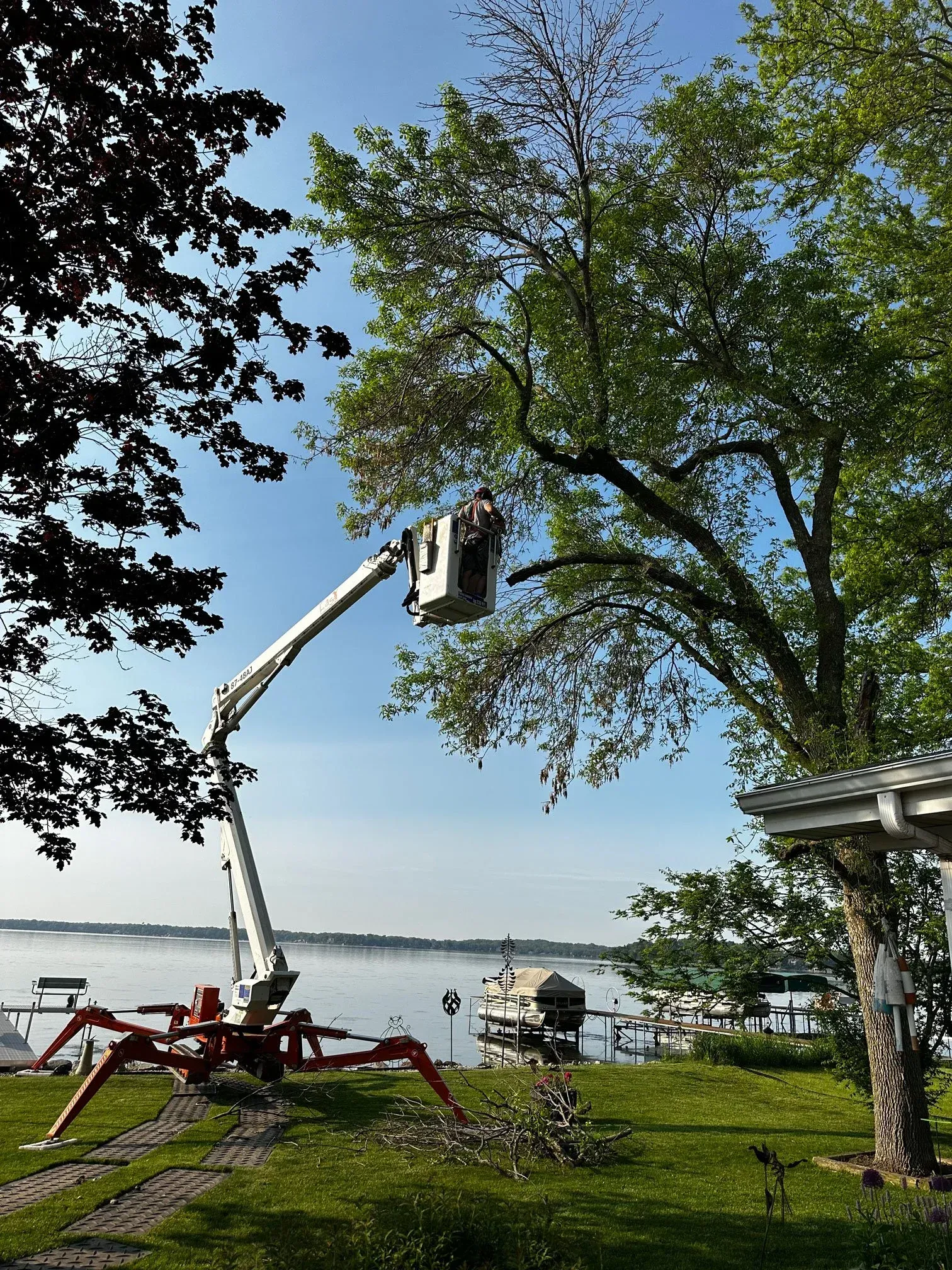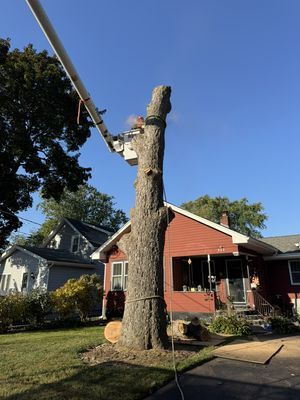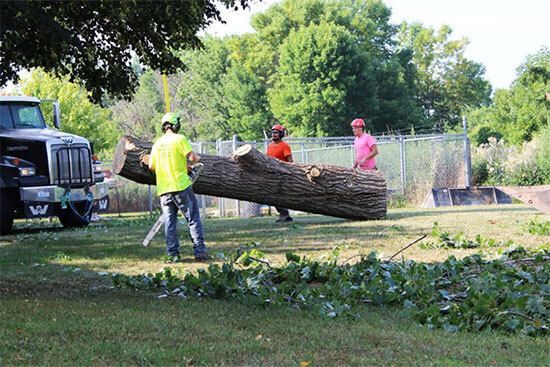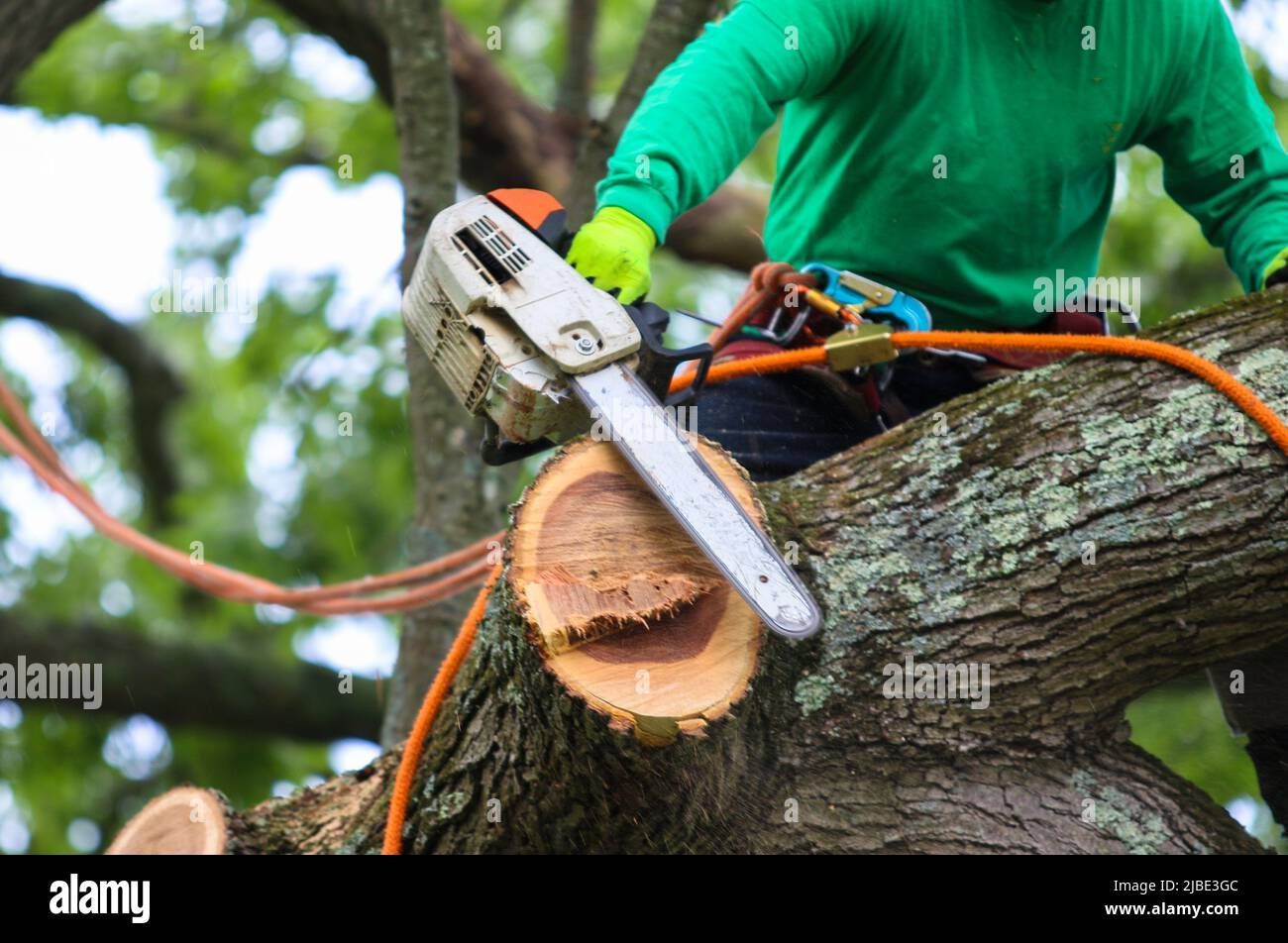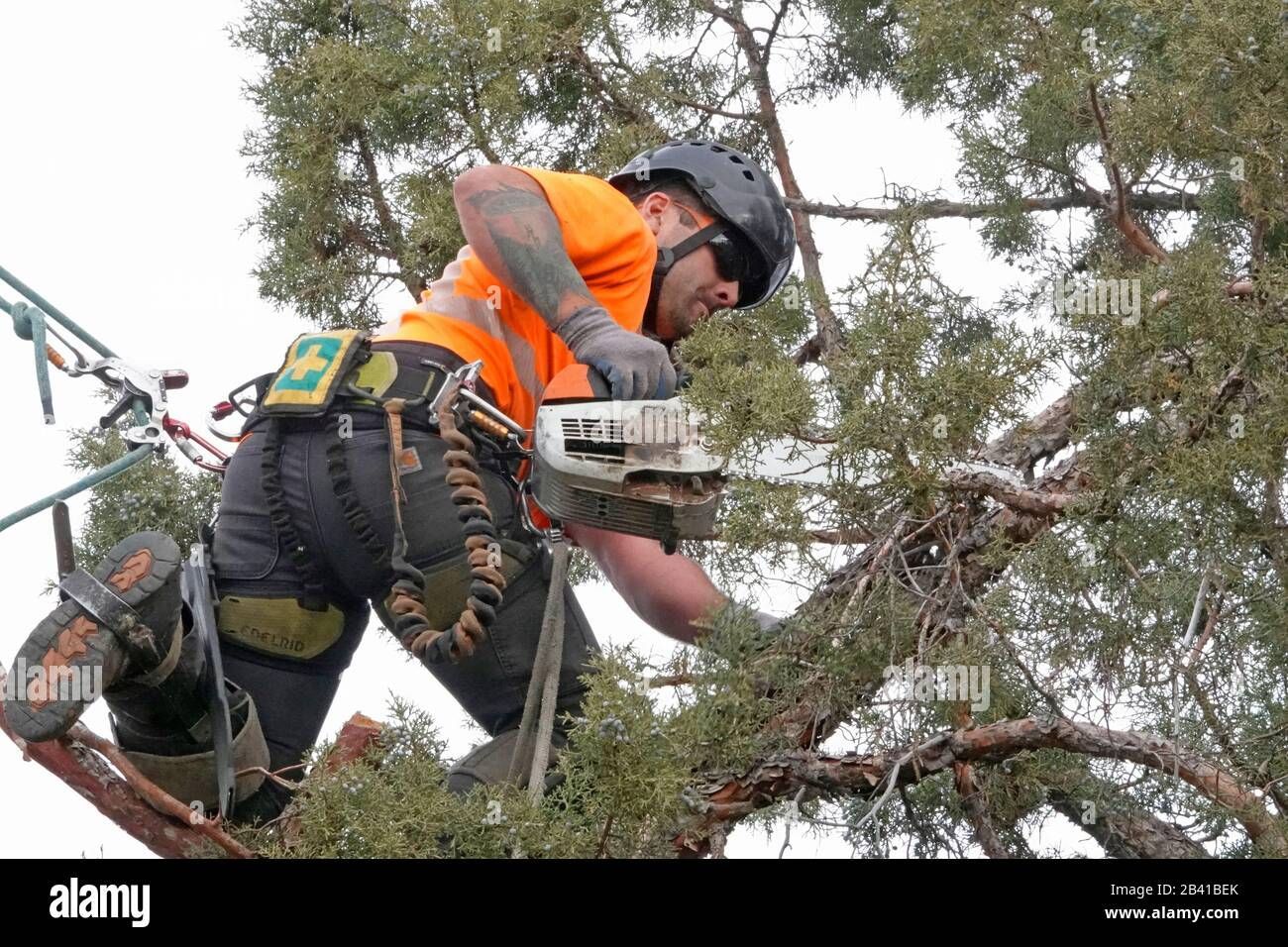Tree Health 101: Common Tree Diseases in Eastern Iowa
Tree Health 101: Common Tree Diseases in Eastern Iowa
Maintaining healthy trees is one of the most rewarding parts of owning property in Eastern Iowa. Trees provide shade, improve air quality, add curb appeal, and increase property value. However, just like humans, trees can become vulnerable to disease. In Eastern Iowa’s unique climate—where hot summers, cold winters, and fluctuating rainfall stress trees—diseases can spread quickly if not addressed in time.
This guide will help you understand some of the most common tree diseases in the region, what symptoms to look for, and how professional tree service companies can help restore and protect your landscape.
Why Tree Health Matters
Trees are long-term investments. A well-maintained tree can live for decades, sometimes centuries, and provide benefits for multiple generations. But when disease strikes, it doesn’t just threaten a single tree—it can put surrounding vegetation, structures, and even people at risk.
Diseased or dying trees may:
- Drop heavy limbs that cause property damage or injury
- Spread infections to nearby trees
- Lose their aesthetic appeal, reducing property value
- Attract pests such as beetles, carpenter ants, or termites
By understanding common diseases in Eastern Iowa, you can spot early warning signs and act before the damage becomes irreversible.
Common Tree Diseases in Eastern Iowa
1. Dutch Elm Disease
Dutch Elm Disease (DED) is caused by a fungal pathogen spread by elm bark beetles. It has devastated American elm populations across the Midwest for decades.
Signs to watch for:
- Wilting or yellowing leaves, especially in the upper crown
- Brown streaks under the bark
- Rapid dieback of branches
Why it matters: Once established, Dutch Elm Disease spreads quickly and is often fatal. Professional removal of infected limbs—or in severe cases, full tree removal—may be necessary to prevent the disease from spreading.
2. Oak Wilt
Oak Wilt is another fungal disease that affects both red and white oak species. It blocks the tree’s ability to transport water, leading to rapid decline.
Signs to watch for:
- Leaves wilting from the top down
- Brown leaf margins with green veins still visible
- Sudden leaf drop in mid-summer
Why it matters: Red oaks can die within weeks of infection. White oaks decline more slowly but are still at risk. Prompt diagnosis and treatment are critical.
3. Anthracnose
This fungal disease thrives during cool, wet springs, making it a common issue in Eastern Iowa. Anthracnose affects a wide range of deciduous trees, including maples, ashes, and sycamores.
Signs to watch for:
- Irregular brown leaf spots
- Premature leaf drop
- Twisted or stunted new growth
Why it matters: While not usually fatal, repeated infections weaken trees and leave them more vulnerable to other diseases and pests.
4. Apple Scab
Apple and crabapple trees are susceptible to apple scab, a fungal disease that spreads through airborne spores.
Signs to watch for:
- Olive-green or brown spots on leaves
- Distorted or cracked fruit
- Early defoliation by midsummer
Why it matters: While the disease won’t usually kill the tree, it reduces fruit quality and stresses the tree, making it more susceptible to harsh weather and other infections.
5. Fire Blight
Fire Blight primarily affects fruit trees such as apple, pear, and crabapple. It is caused by bacteria and can spread rapidly in warm, wet conditions.
Signs to watch for:
- Blackened, “burnt” tips of blossoms and branches
- Oozing cankers on twigs and branches
- Shepherd’s-crook shaped ends of shoots
Why it matters: Fire Blight can kill entire branches and, if untreated, the entire tree. Pruning infected areas and disinfecting tools is essential.
6. Cedar-Apple Rust
This fungal disease requires two hosts to complete its life cycle: cedar trees and apple/crabapple trees.
Signs to watch for:
- Bright orange spots on apple tree leaves
- Gelatinous orange galls on cedar trees in spring
- Premature leaf drop and reduced fruit production
Why it matters: While rarely fatal, the disease impacts aesthetics and productivity, making it a concern for both homeowners and orchard growers.
7. Verticillium Wilt
This soil-borne fungus affects maples, elms, and ash trees. Once in the soil, it can persist for years.
Signs to watch for:
- Yellowing leaves on one side of the tree
- Branch dieback
- Dark streaks in the sapwood
Why it matters: Verticillium Wilt is difficult to control once it takes hold. Prevention and proactive care are key.
The Role of Professional Tree Care
DIY approaches often fall short when dealing with tree diseases. Spraying store-bought fungicides or pruning infected branches without proper techniques can spread the problem instead of solving it.
A professional tree service company provides:
- Accurate diagnosis of the disease
- Safe and strategic pruning to remove infected limbs
- Preventive treatments such as fungicidal sprays or trunk injections
- Tree removal services when necessary to protect surrounding vegetation
- Ongoing monitoring to ensure long-term health
Customer Testimony
"When we noticed our oak tree’s leaves turning brown in the middle of July, we feared the worst. Frank’s Tree Service came out the same week, diagnosed it as Oak Wilt, and quickly removed the infected limbs. Their team explained everything clearly, and thanks to their fast action, we saved our tree and prevented the disease from spreading to the other oaks on our property. We’re so grateful for their expertise and professionalism."
— Sarah M., Iowa City
Preventing Tree Diseases
While not all diseases can be stopped, proper care reduces the risk significantly. Here are preventive steps homeowners can take:
- Water trees during drought periods to reduce stress
- Mulch properly to retain soil moisture
- Prune during the correct season to avoid spreading infections
- Avoid injuring trunks with lawnmowers or trimmers
- Schedule annual inspections with a certified arborist
Healthy trees are naturally more resistant to disease, so preventive maintenance is always the best investment.
Frequently Asked Questions (FAQs)
Q1: Can I treat tree diseases on my own?
Most diseases require professional diagnosis and treatment. Attempting DIY fixes can worsen the problem or spread infection.
Q2: When is the best time to prune trees to prevent disease?
Late winter or early spring, before new growth begins, is often the safest time. However, the timing can vary depending on the species and disease risk.
Q3: Are tree diseases contagious between species?
Some diseases, like Cedar-Apple Rust, require two specific hosts. Others, like Dutch Elm Disease, mainly affect one species. A professional can determine the risk to nearby trees.
Q4: How do I know if my tree needs to be removed?
If more than half the canopy is dead or diseased, or if the tree poses a safety hazard, removal may be the best option.
Q5: Do diseased trees attract pests?
Yes. Weak or dying trees are prime targets for beetles, ants, and other insects that can accelerate decline.
Q6: How often should my trees be inspected?
At least once a year, preferably in spring, so issues can be addressed before the growing season.
Final Thoughts
Trees are an essential part of Eastern Iowa’s landscapes, but they face threats from a wide variety of diseases. Homeowners who recognize early warning signs and partner with professional tree care experts will enjoy healthier, safer, and more beautiful trees for years to come.
Whether it’s Dutch Elm Disease, Oak Wilt, or a seasonal issue like Anthracnose, understanding the risks and acting quickly makes all the difference. Tree health is not just about saving a single tree—it’s about protecting the beauty, safety, and value of your entire property.

